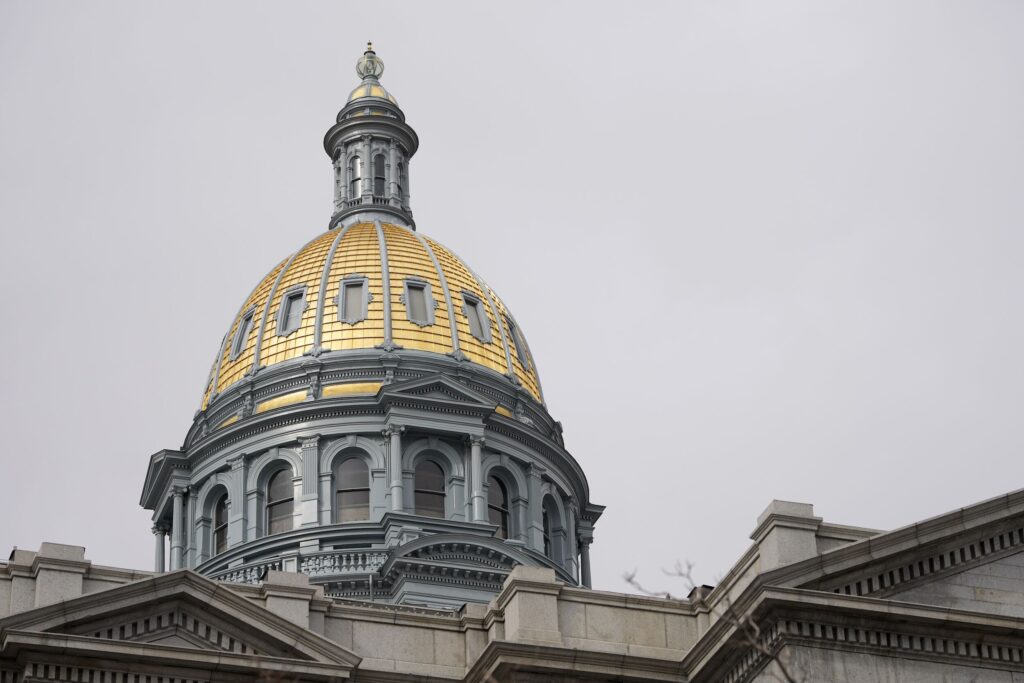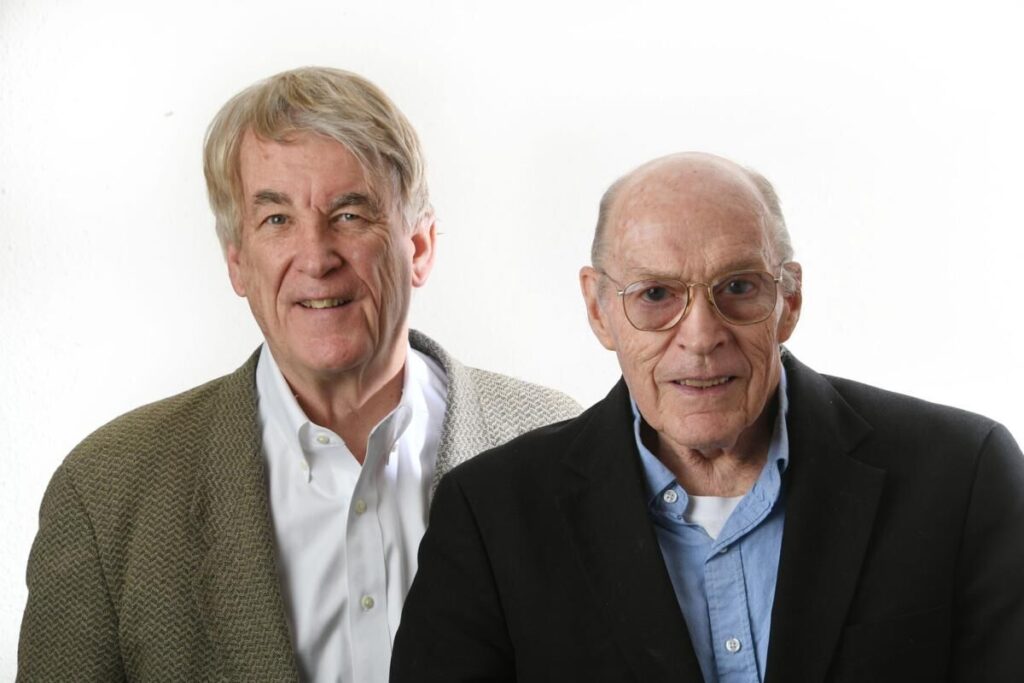Not a narco-state, but definitely an enabler | SONDERMANN
In Claudia Sheinbaum, Mexico just elected its first female president. By doing so, our southern neighbor, known for its culture of machismo, among other features, joined with plenty other countries the world over in choosing a woman to hold the top executive office.
Don’t worry, fellow Americans. We will eventually be part of those ranks. Perhaps. Someday. After shining lights like Joe Biden and Donald Trump have had their prolonged moment. Maybe then. So long as she dresses just right. A bit feminine. But not too feminine. And conveys strength. But not aggression. That time could come. Possibly.
When she takes office on Oct. 1, Sheinbaum will also become the first Jewish president of that nearly 80%Catholic nation.
While the United States, deep into diversity quotas, identity categories and lectures on multiculturalism, has had over its two and a half centuries a total of two Catholics presidents to go along with 43 other men who professed some Christian affiliation.
The total number of Jewish presidents or those of other faiths of our enlightened country is a big zero. Even as Jared Polis and Josh Shapiro stay awake nights with dreams of breaking that streak.
With that minor rant out of the way, let’s shift gears. My point today has far less to do with the boxes Sheinbaum checks than with the country whose reins she will soon assume and America’s codependent linkage to our southern neighbor.
Wikipedia defines a narco-state as “a political and economic term applied to countries where all legitimate institutions become penetrated by the power and wealth of the illegal drug trade.”
Sadly but accurately, that describes Mexico in this hour. It is also apt terminology for too many other Latin American and Central American countries for which Mexico, by virtue of geography, serves as the corridor to the ultimate destination of the drug traffic.
Whether the poison is coming from Bolivia, Peru, Colombia, Honduras or Mexico itself, Mexico is the highway on which the overwhelming bulk of these illicit drugs travel on their way north.
The statistics paints the overall picture, while the individual stories point to the human tragedy. Some 76% of adults in Mexico report not feeling safe in their current locale. Many have opted out of outdoor activities, preferring the relative safety of staying home.
Since 2018, more than 30,000 Mexican citizens, plus the occasional unlucky visitor, have died each year as a result of criminal violence.
That compares to right around 21,500 total homicides in the U.S. in the deadliest year of 2020. Note that America’s population is close to three times that of Mexico. Extrapolate it out and the annual murder rate in Mexico, hugely a function of drug mayhem, exceeds that of the United States in our worst year by a factor of four.
And our country is hardly some oasis of tranquility and nonviolence.
The murders are accompanied by high rates of kidnapping and disappearances, as well as sexual violence. My brother in-law, recently retired as an insurance executive in southern California, reports that kidnapping coverage for businesspeople traveling south of the border has been a major growth product.
In the run-up to Mexico’s election, more than three dozen candidates for state and local office were assassinated. The killers did not leave business cards, but in all cases it is assumed they were part of one of the rival drug cartels.
Last month, on just another day in the small, central town of Huitzilac, cartel gunmen in two vehicles sprayed bullets on a roadside shop, killing eight innocent men as they were drinking beers following a soccer match.
So it goes: Another day. Another act of random terror. Eight Mexican homes that night had an empty seat at the head of the dinner table.
“So sad,” you might say, “but the world knows plenty of misfortune.”
However, this is all unfolding on our doorstep and we, the proud citizens of the U.S. of A., are complicit.
The drug business may be more violent than your average enterprise. But at its core, it is another industry subject to the usual rules of the marketplace and the law of supply and demand.
The supply comes from or, at least, through Mexico. The demand is very much an American phenomenon.
Cocaine, heroin, methamphetamine, fentanyl — all are destined for consumption here. Mexico generates or transports the goods. The U.S. provides vast numbers of willing, eager, often addicted customers.
Many of them are in Colorado, which bucked the national downward trend and where more people died from drug overdoses from December 2022 to December 2023 than the previous one-year period. In fact, Colorado showed a 3.9% spike in the “predicted” data, ranking No. 10 among the states with the highest rate of spikes. Note, too, that this “predictive” method often undercounts the final numbers.
The two countries are very much in this together.
Rates of illegal drug use are rather low in Central and South America. For the most part, residents there are unlike the bakery employee who eats away the profits while ballooning up three sizes.
True, Europeans consume roughly 30% of the illegal drugs coming out of this hemisphere. That supply is mostly transported by sea through the Caribbean to west Africa. The price of such cocaine is significantly higher in Europe than in these parts. Transport over distance has its costs.
But our wealthy country devours the largest share. Per a recent update from the National Center for Drug Abuse Statistics, well over one out of every five Americans above age 12 used illegal drugs within the past year. Some 13.5% did so within the past month.
In just the last year, nearly a million Americans became first-time cocaine users. More than 200,000 had their first hit of methamphetamine and 117,000 injected or snorted their initial dose of heroin.
We are all too familiar with the rate of addiction for these substances and of the downward spiral that follows. Very few American families have been untouched by this epidemic. Denver, for example, recorded the highest number of drug overdose deaths last year in its 100 years of record keeping.
Indeed, Mexico is a troubled, outlaw place these days. We will see if the incoming Sheinbaum is able to bring the drug traffic under control and right the course. Her predecessor and political patron, current President Andres Manuel Lopez Obrador, did nothing of the sort.
Instead of gazing to the south with scorn and bewilderment, America should look within. Every user who finds his escape in these illegal substances is as responsible for this contagion as the Colombian coca grower or the Panamanian driver or the Mexican cartel henchman.
This is a story of addiction in terms of both supply and demand. One side is consumed by the money high; the other by the drug high.
It is a relationship of codependency. Mexico may have devolved into a narco-state but America is very much an enabler.
Eric Sondermann is a Colorado-based independent political commentator. He writes regularly for ColoradoPolitics and the Gazette newspapers. Reach him at EWS@EricSondermann.com; follow him at @EricSondermann










